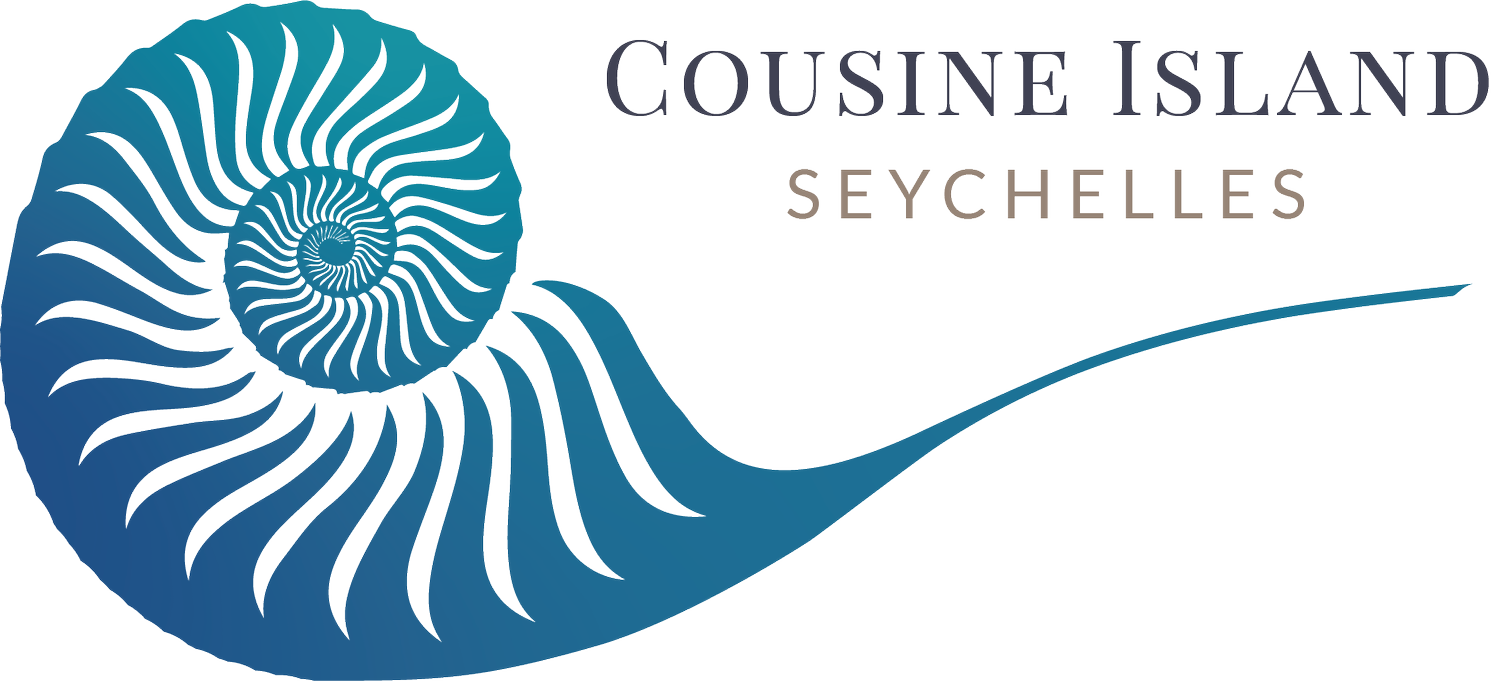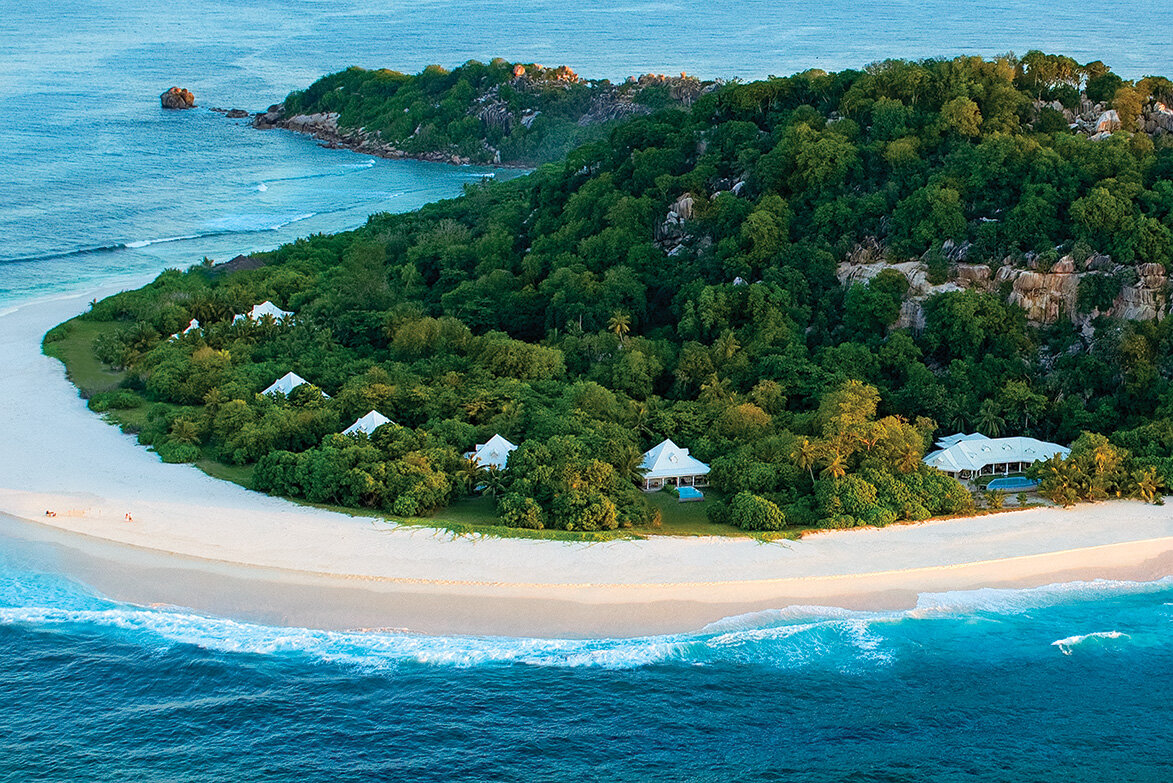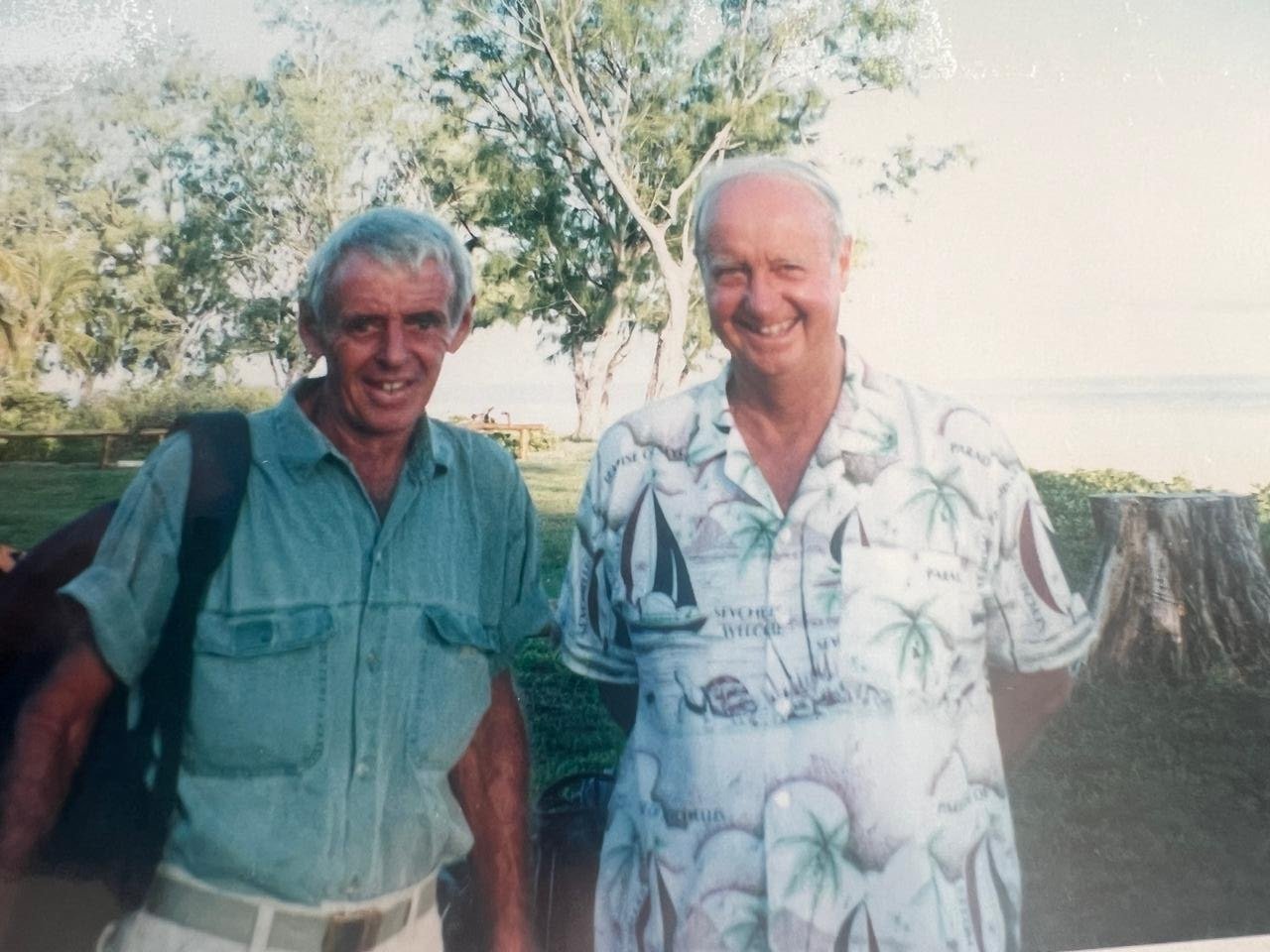The History of Cousine Island, Jewel of the Seychelles
1800’s
The First Known Ownership Records
The first known record of ownership of Cousine Island was when Louis Pouponneau sold the Island to Pierre Hugon on the 25th December 1818. Sadly, the island was exploited for her natural resources which drastically impacted on the fauna and flora (as well as the surrounding marine life) that called Cousine Island home. The timber of the Casuarina tree was excessively harvested as firewood for the neighbouring islands of Praslin and Mahé .
Large numbers of Sooty Tern eggs, regarded as a delicacy in the Seychelles, were removed (between 8,000 to 14,000 eggs each year). As a result, the Sooty Terns abandoned their breeding colony on the Island. Wedge-tailed Shearwater chicks, also considered a delicacy in the Seychelles, were taken in their thousands which drastically impacted the population size. Various crops were planted, such as coconut and banana trees, tobacco and fatak (guinea grass or Panicum maximum).
Copious amounts of fish were caught on the surrounding reefs and sold to the market in Praslin. Many turtles, which came up onto the beach to lay their eggs, fell prey to human exploitation. Green sea turtles are prized for their edible flesh and Hawksbill turtles for their shells, which were used in the manufacture of jewellery. Both species now nest on Cousine Island.
1992
A Healing Journey of Restoration & Conservation
From a dark history to a healing journey back to her light, Cousine Island was given a second chance in 1992 when the current owner Mr M.F. Keeley and his wife purchased the Island to transform it into a legacy of their love. All farm animals (cattle, pigs, chickens) and Casuarina trees were removed as part of the initial stages of the restoration project.
The restoration program also included the large-scale planting of indigenous and endemic trees (about 8000 from 1992 to date) and the removal of all non-native plant and animal species. Due to these inspiring efforts, the Island has recovered from its history of over-harvesting & exploitation. The rehabilitation and protection efforts have been an unparalleled success in her own right.
2020
Our Legacy of True Love
Today, Cousine Island is a heavenly safe haven for many species and one of the few granitic Islands in the Seychelles that is entirely free from alien mammals (such as feral cats & rats). Multiple reintroductions of native species have also been achieved on the island. The endangered Seychelles Magpie-Robin was introduced in 1996 with gratitude to Fregate Private Island, instrumental partners in the reintroduction. Over the years, their population has increased to over 50 individuals found in 12 territories across the Island.
Cousine Island now has habitat to support thousands of nesting seabirds each year (including approximately 55 000 pairs of Lesser Noddies). Twenty giant tortoises were introduced to the Island between 1992 and 2004, and many more that were purchased or rescued have found a home on Cousine Island. There are now 78 free-roaming individuals between the ages of five to 120 years old that call Cousine home. The reintroduction of a healthy population of the Seychelles Warbler has also been successful.
From the despairs of unsustainable exploitation, to being rehabilitated and protected, Cousine Island is a conservation success story. A legacy of love shared between a husband & wife that brought this precious petite private island back to life in the Seychelles and doing our part in contributing globally to the floral and faunal biodiversity of our planet by simply starting at home.
Just two conservation success stories hanging out: The Seychelles Magpie-Robin and an Aldabra Giant Tortoise on Cousine Island, Seychelles
Conservation efforts on Cousine Island are ongoing. Recently we teamed up with Seychelles Island Foundation to plant Coco de Mer trees on Cousine Island.
Experience the magic of Cousine Island for yourself.
Island guests are invited to participate in conservation activities like guided walks and tree planting, but simply visiting the island (even if just for a day) contributes to our conservation efforts.




















